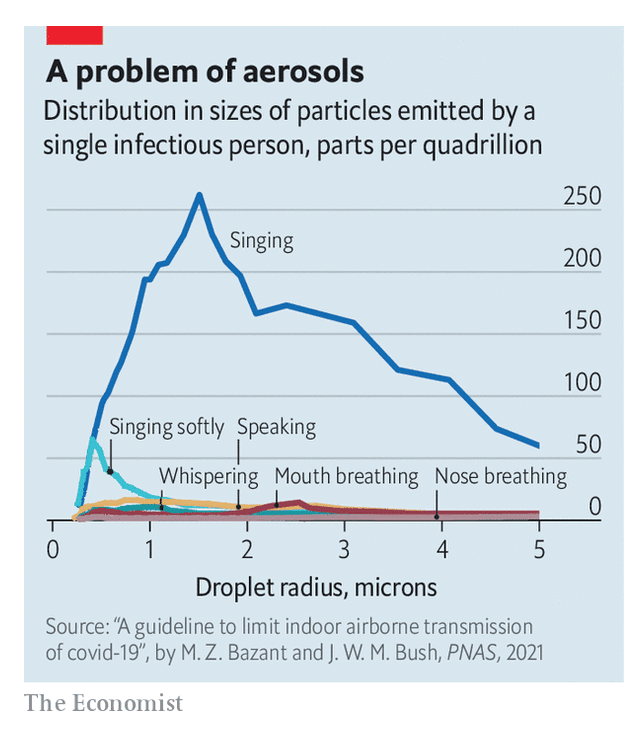Treatments
This article explains how scientists can now make mini organs — like mini-lungs and mini-hearts — and infect them with COVID-19 to see what happens. This has the potential to make it much faster to try out different treatments. 😲
This paper reports that a nasal antibody spray can help hamsters recover from COVID-19.
Vaccines
This paper has an explanation for the AZ/J&J blood clots. It’s complicated and I am not a biologist, but here’s my attempt at a translation:
- The AZ and J&J vaccines use a adenovirus to get the its payload into the cell nucleus, where the DNA is read and converted into pre-mRNA in what is called “transcription“.
- The DNA has “junk” sequences in it called “introns“. The transcription is pretty stupid, so it copies all the junk.
- The pre-RNA floats over to a piece of machinery called the “spliceosome” which strips out the junk. Fortunately, the pre-mRPNA has little “start cutting here” and “stop cutting here” sequences in it to tell the spliceosome where the start and stop points of the introns are.
- The papers’ authors say that the adenovirus “DNA – deriving from an RNA virus – is not optimized to be transcribed inside of the nucleus.” I am not sure exactly how to interpret that sentence, but the authors are clear that sometimes the AZ/J&J pre-mRNA doesn’t splice properly.
- In the lab, the papers’ authors were able to find spliced mRNA which was missing instruction to make something called the “membrane anchor”.
- Normally, when a ribosome makes spike proteins, the spikes get shoved to the outside of the cell, but are locked in place there by the membrane anchor. Enough of the spike sticks up for the immune system to see the spikes, but they can’t just go wandering around in the bloodstream.
- If a spike is missing its membrane anchor, it can go through the cell wall — and go wandering around in the blood.
- Spike proteins in the blood have been shown have bad side effects, like in this article I pointed to in the 2 May General blog post.
The authors do not go directly from “wandering spike proteins in the blood” to “destruction of PF4”, but suggest that that step is possible.
The mRNA vaccines don’t have this problem because they don’t need preprocessing by the nucleus to become mRNA — they are already mRNA.
I had previously heard that having MS was not a risk factor in COVID-19. People with MS, for example, were not on the Clinically Extremely Vulnerable list, for example.
However, MS drugs do apparently muck with vaccinations. This preprint says that patients on cladribine generated humoral response to vaccination just fine, patients on ocrelizumab had worse response, and fingolimod was uh pretty crappy. Tell your friends with MS.
MS patients who were not taking drugs actually did slightly better than healthy controls, but I don’t know if it was enough to be statistically significant.
Similarly, this preprint says that people with immune-mediated inflammatory diseases (like rheumatoid arthritis) who are taking methotrexate do not always generate a good immune response to vaccination. This seems to be somewhat unique to methotrexate; patients on other drugs appeared to have an adequate response to vaccination.
Transmission
This article on transmission and ventilation is worth reading, but has two points I’d like to call out.
First, CO2 is a reasonable proxy for how well the air gets refreshed and hence how dangerous it is for you. You can buy a CO2 detector for between $15 and $150, so maybe you should get one before you start dining indoors or going back to your office.
Second, singing is really really really dangerous:

Recommended Reading
This article talks about the UK’s RECOVERY project, which in my opinion is one of the most important projects of this whole pandemic. They set up a platform for running big, fast, simple randomized clinical trials. This platform proved the utility of dexamethasone and tocilizumab; it proved that hydroxychloroquine and azithromycin do no good. The UK was able to do it in part because of their unified health system, but there’s no reason why Canadian provinces couldn’t do something similar.

1 comment
Comments are closed.